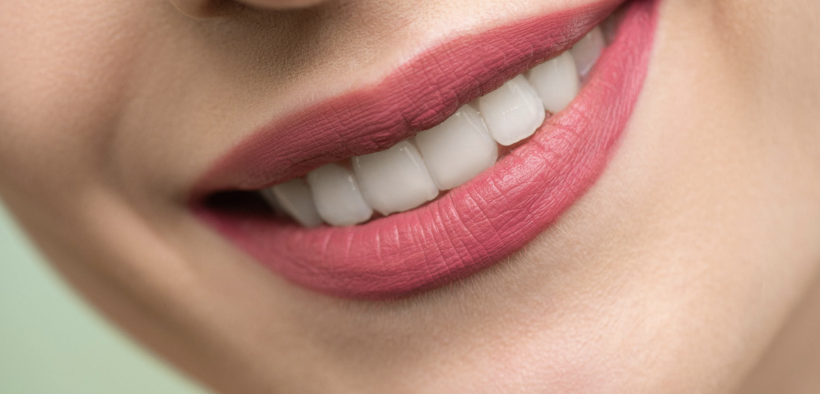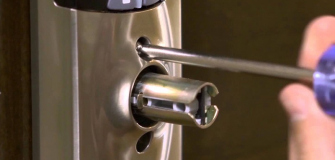What Causes Teeth Staining And What You Can Do About It
Share

Teeth staining can negatively affect the visual appearance of your teeth, your teeth may appear yellowed or appear to be less bright than they once were, and you should never settle when it comes to your smile, so we’re here to tell you what you can do about it. Common causes include tobacco use, dental trauma, certain foods and drinks, medications and poor oral hygiene.
Most Common Lifestyle Factors That Cause Tooth Staining
Some causes of tooth staining are caused by lifestyle factors and others are caused by natural factors, within this section the reasons for tooth staining are caused by lifestyle factors. This means that you have the potential to change the factors that cause teeth discolouration. By altering your lifestyle you may achieve less stained teeth.
- Dark-Coloured Foods And Beverages: Your diet can impact the appearance of your teeth and lead to discolouration. Examples include tea, coffee, dark sodas, red wine and some starchy foods like pasta sauce. If you regularly consume any of these you think that these may be causing stains on your teeth you should extensively brush your teeth after eating any of these food groups; this way the food will not stick to your teeth for as long meaning that your teeth will be less stained.
- Smoking And Tobacco Use: Nicotine and tar are both consumed when smoking, these chemicals can lead to yellowed teeth in a short period of time. Smokers who have been smoking for years often complain that their teeth have gone almost brown due to the nicotine and tar. If you feel smoking and tobacco use is staining your teeth you could try to cut down how much you regularly smoke, and make sure you brush your teeth properly several times a day to reduce stain buildup.
- Poor Oral Hygiene: Dental plaque acts as a magnet to discolouration, if you don’t ensure that you remove plaque on your teeth regularly your teeth may become more discoloured. To prevent this and to help remove any stains you already have you should ensure that you brush your teeth twice a day, for two minutes when you get up and then 2 minutes when you are about to go to sleep. Your local Cheltenham dentist will be able to provide you with tips to improve your dental health.
- Excessive Fluoride: Fluoride is a chemical that has been proven to be excellent at protecting your teeth from cavities. However, people who consumed too much fluoride as a child may develop fluorosis which is a condition that causes white spots on the enamel of your teeth. If you have a child who is 6 years or younger they should be brushing their teeth with children’s toothpaste, which has a lower amount of fluoride which reduces the chances of people developing fluorosis.
Most Common Natural Factors Causing Teeth Discolouration
Sometimes natural factors can lead to teeth discolouration. Unfortunately, there is less that can be done to prevent the following causes of teeth discolouration.
- Genetics: Your natural teeth colour is a genetic factor that varies from person to person, some people may naturally have whiter teeth than others. To test this theory why not ask to see the teeth of your close relatives to gain a better understanding of if the teeth discolouration is genetic?
- Dental Trauma: Physical trauma such as car crashes or sports-related injuries can cause tooth discolouration. It is always best to visit your dentist as soon as possible after such a traumatic event has taken place to get the best outcome for your oral health.
- Aging: As we grow older the enamel on our teeth wears thinner. This leads to more of the underlying dentin being visible, the dentin has a yellowish hue. This leads to some people having yellowing teeth as they age.
-
- Dental Treatments: Some dental treatments can cause your teeth to be more discoloured, such as the silver amalgam used in metal fillings – this can cause your teeth to be greyish in colour. Another common dental treatment that can cause teeth discolouration is a root canal, as the dental pulp tissue is removed during this process, leading the tooth to darken over time.
- Certain Diseases: Certain health conditions can cause teeth discolouration, including liver disease, calcium deficiency, celiac disease, eating disorders and metabolic diseases.
- Certain Medications: Some medications such as drugs for high blood pressure or certain antihistamines can lead to teeth discolouration.
Different Teeth Colour Meaning
- Yellow: Yellow stains are caused by eating and drinking dark-coloured food and drinks. Yellowed teeth may also be a sign that the enamel has worn down and the dentin is showing more prominently, dentin has a yellowish hue.
- Brown: Smoking over a long period can lead to your teeth turning brown due to the nicotine and tar.
- Purple: Purple stains on your teeth can affect people who regularly consume red wine.
- Grey: Grey discolouration of the tooth means that the inside of your tooth has died, this may be a result of dental trauma or of lack of oral hygiene.
-
- White: White flecks on your teeth may indicate dental fluorosis. This was caused by you consuming too much fluoride as a child. If you have children under the age of 6 you should always brush their teeth using toothpaste for children, as this has a lower amount of fluoride which reduces the chances of them developing dental fluorosis.
- Black: Black teeth staining is typically caused by severe tooth decay.
How Do Dentists Treat Discoloured Teeth
-
- Teeth Whitening: Dentists offer a range of different professional treatments for teeth whitening, these treatments can take place in the dentist’s chair or at home. These methods make use of hydrogen peroxide or carbamide peroxide to break up stains and lift them from your teeth. Some stains can affect the inside of your teeth and others can affect the outside of your teeth, professional teeth whitening is better at dealing with the stains on the outside of your teeth. However, some professional whitening products can still help remove stains inside your teeth.
- Dental Bonding: Dental bonding may be used if professional teeth whitening products do not work on your teeth, this procedure involves applying tooth-coloured composite resin to conceal discoloured teeth.
- Porcelain Veneers: If the teeth discolouration is widespread and does not improve through other teeth whitening options your dentist may recommend porcelain veneers. These are tooth-shaped ceramic shells that cover the natural surface of your tooth, you can order ceramic shells in a wide range of shades of white to match your existing teeth. Venners usually have to be replaced every 5-15 years.
- Dental Crowns: Tooth discolouration can be caused by dental cavities. Your dentist may recommend a dental crown once they have removed the bacteria and plaque related to the cavity. Dental crowns may help you conceal any tooth discolouration.
Conclusion
Teeth discolouration can be caused by several different factors, some of which are caused by natural factors and others are caused by lifestyle choices. It is best to book an appointment with your dentist to get advice tailored to your individual experience.









